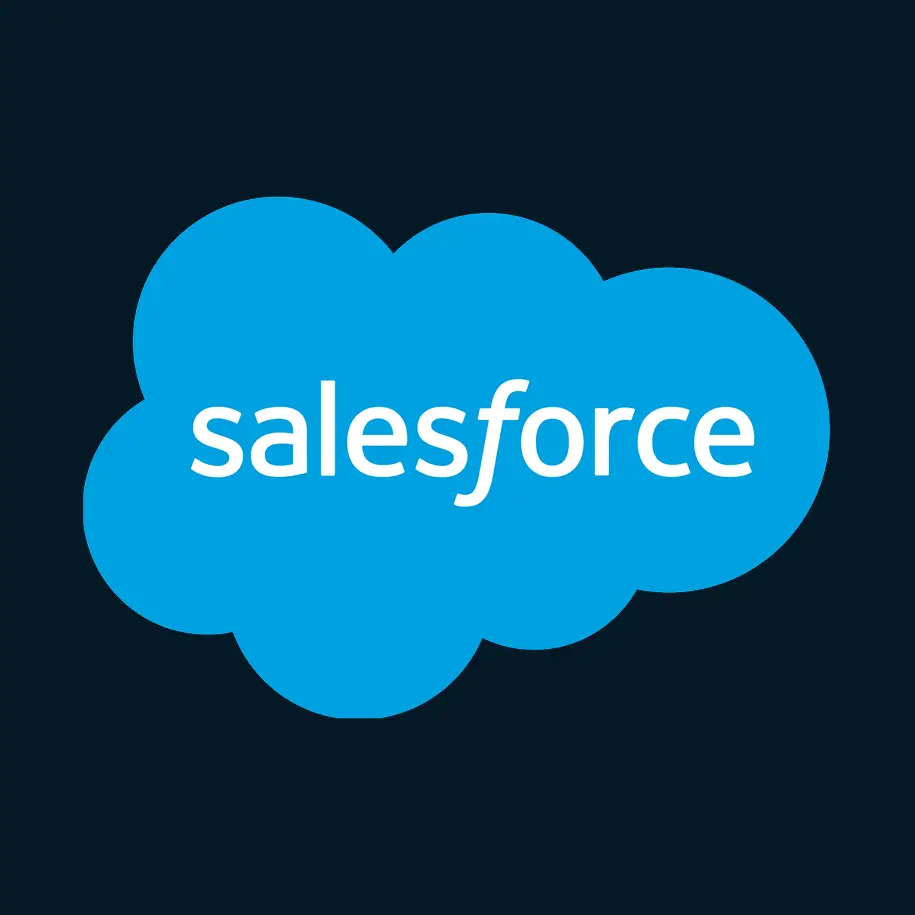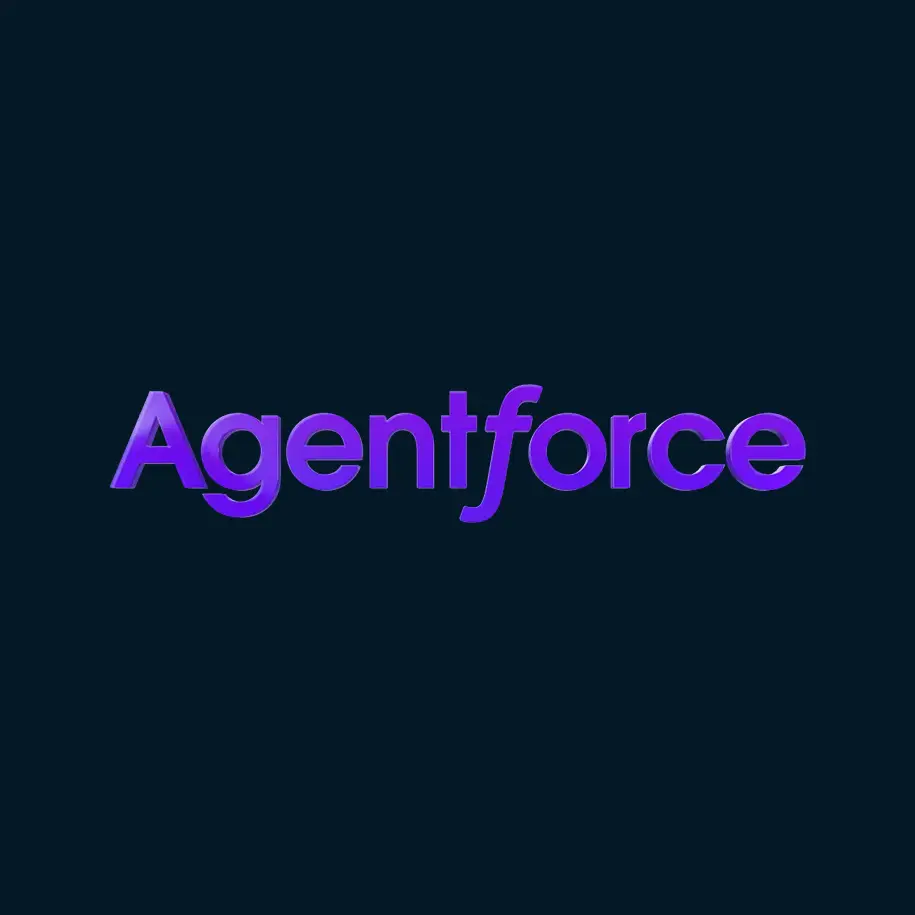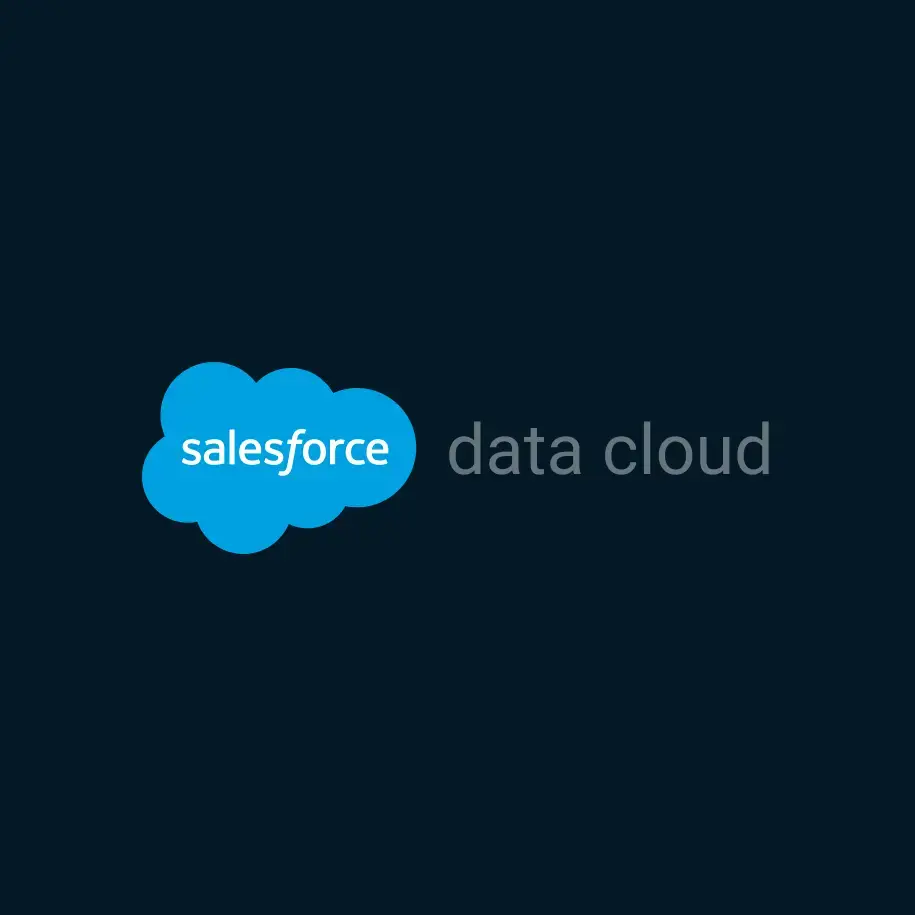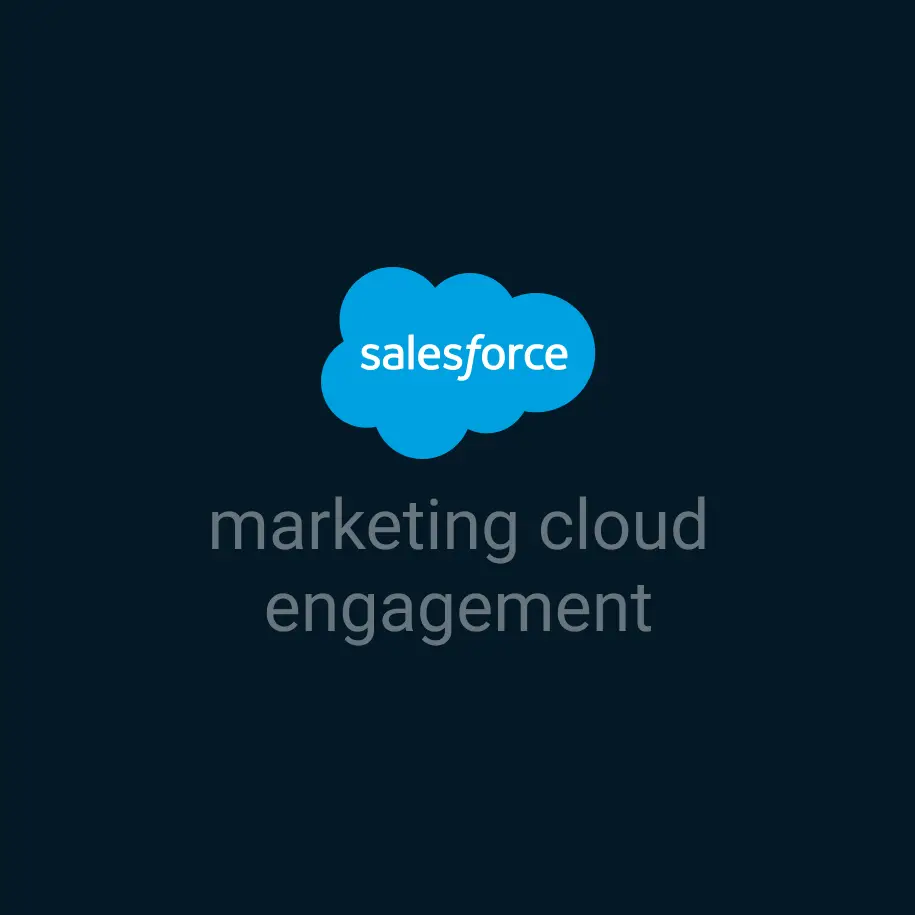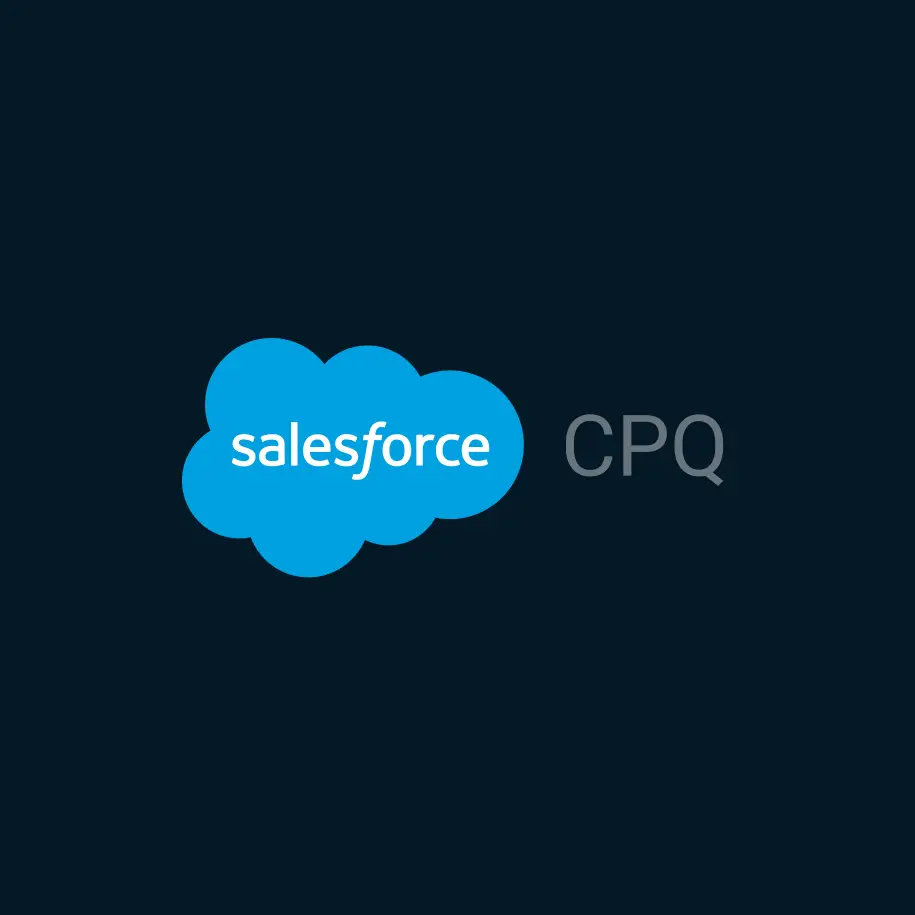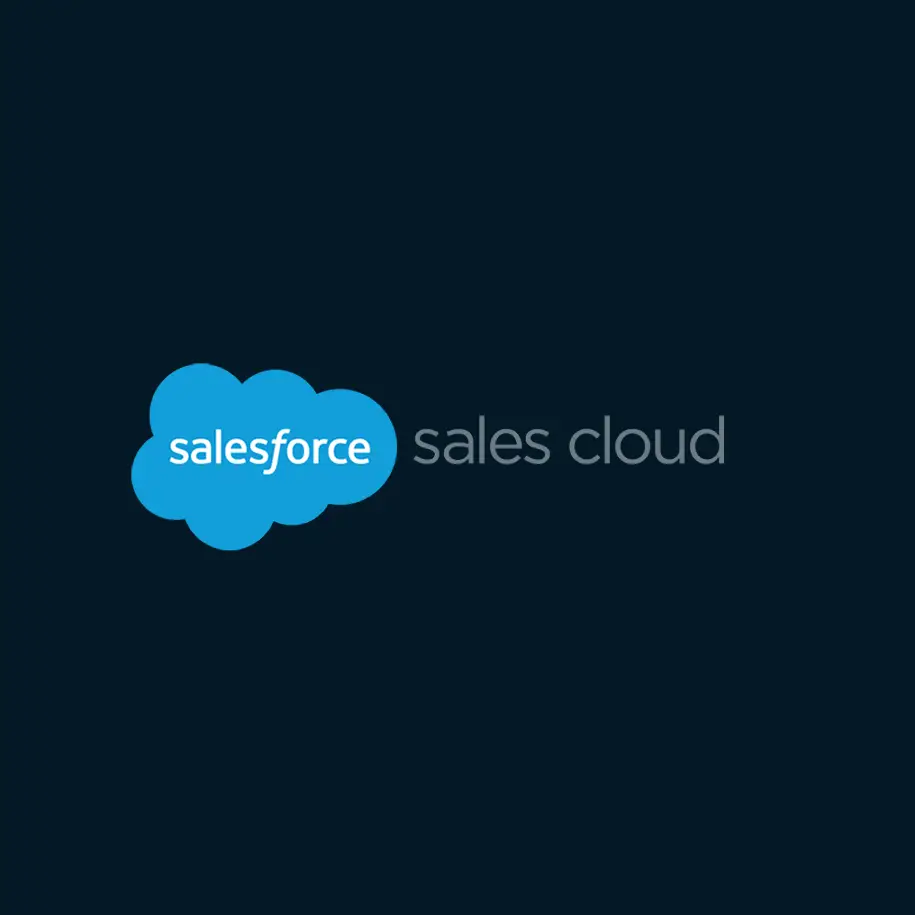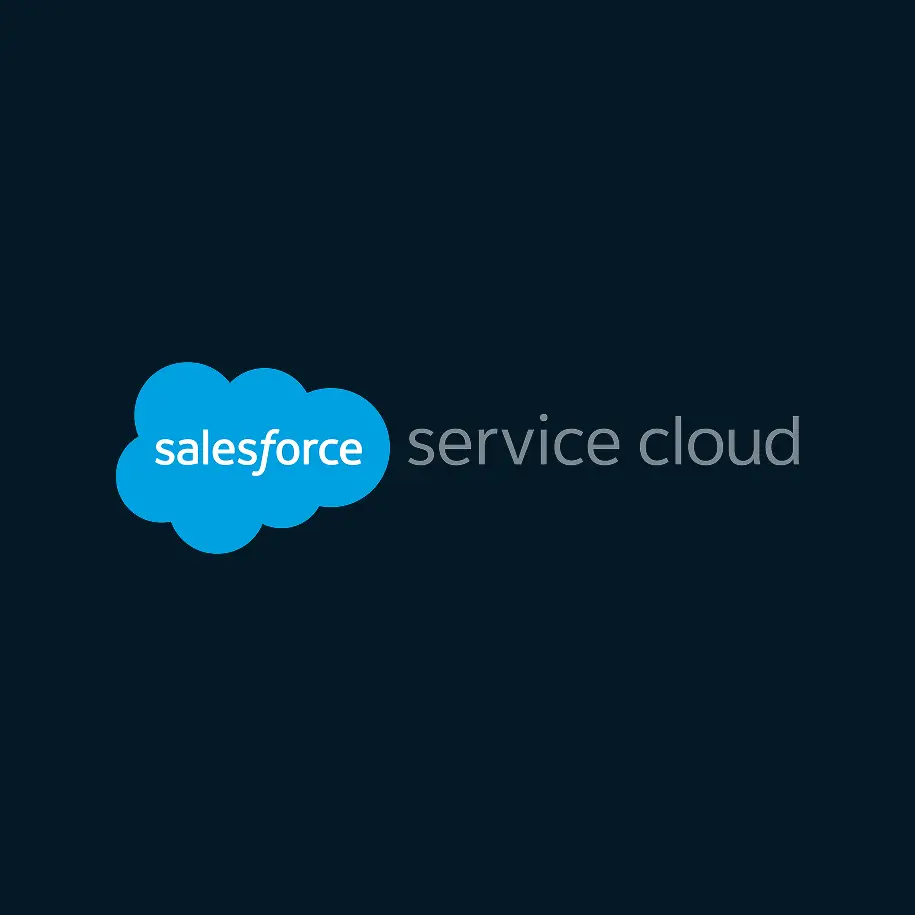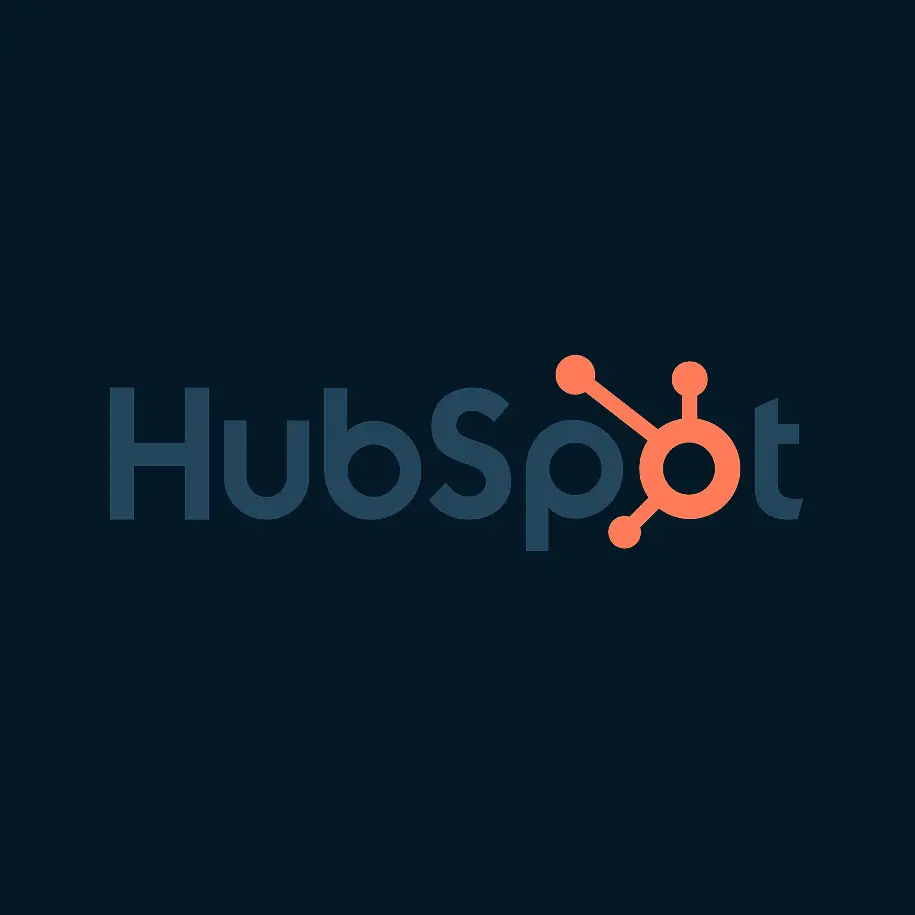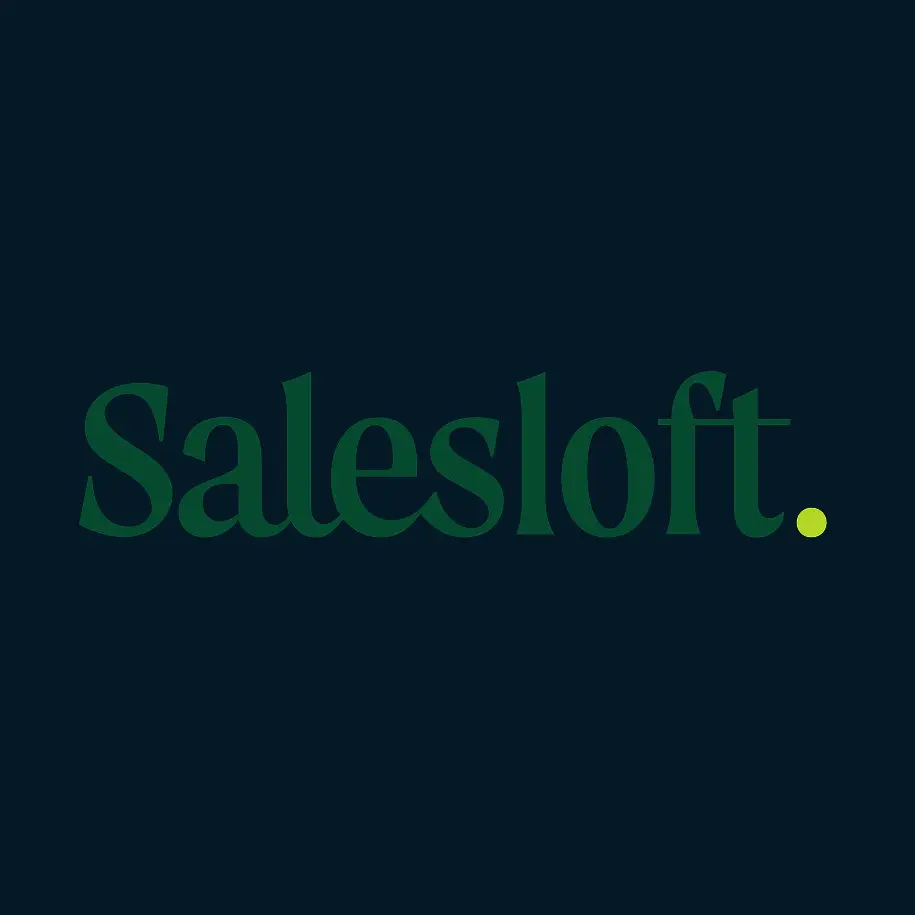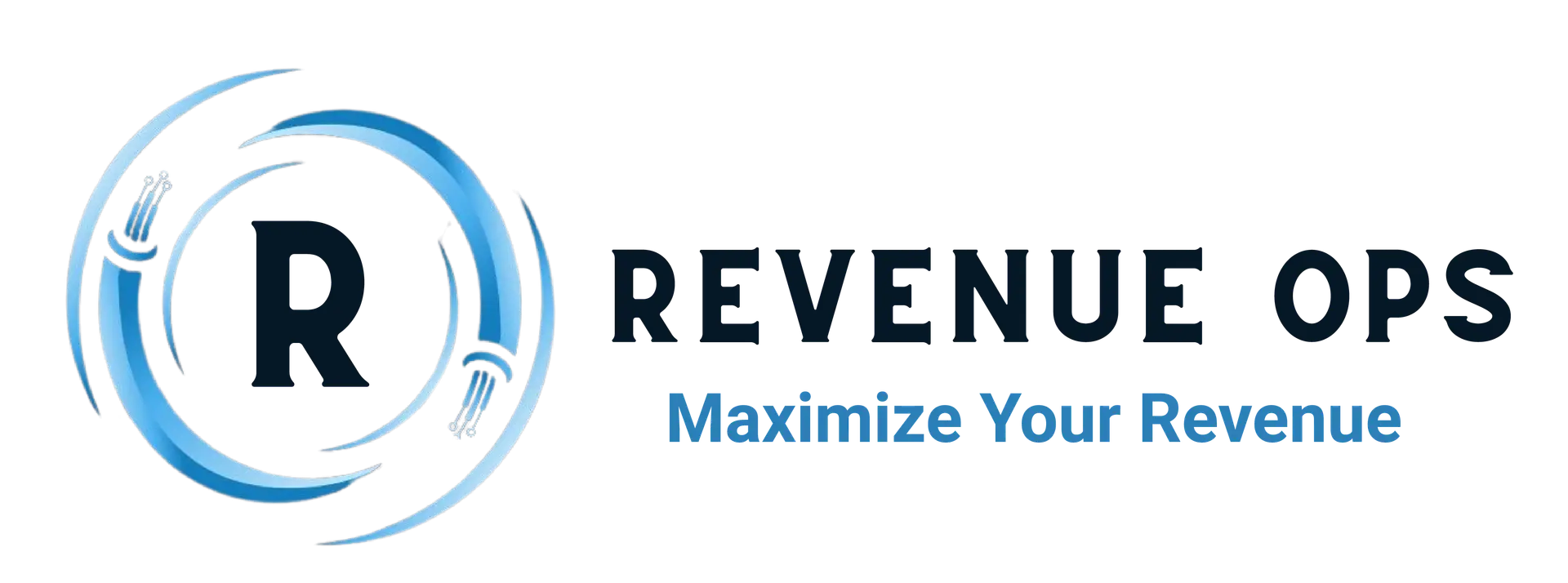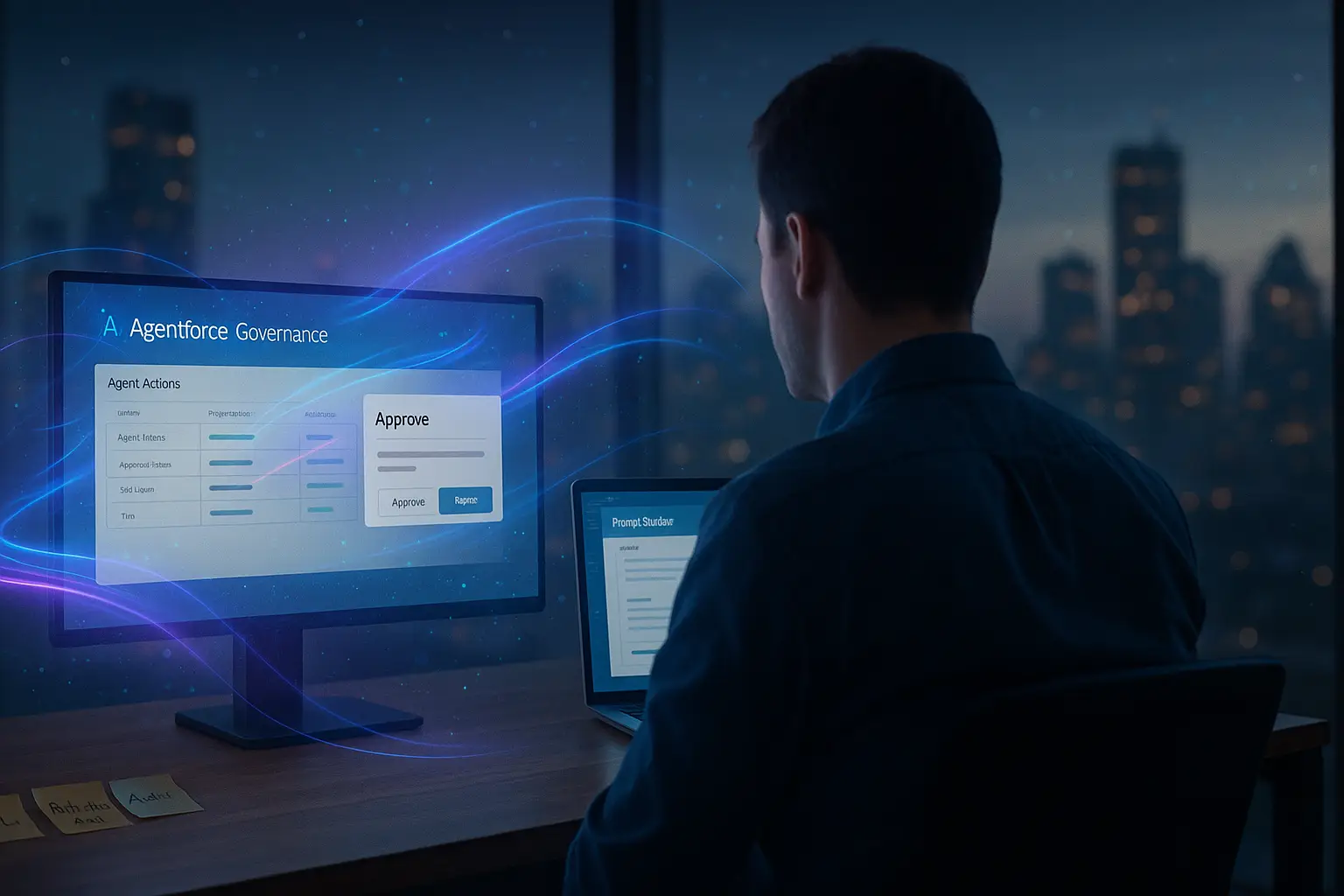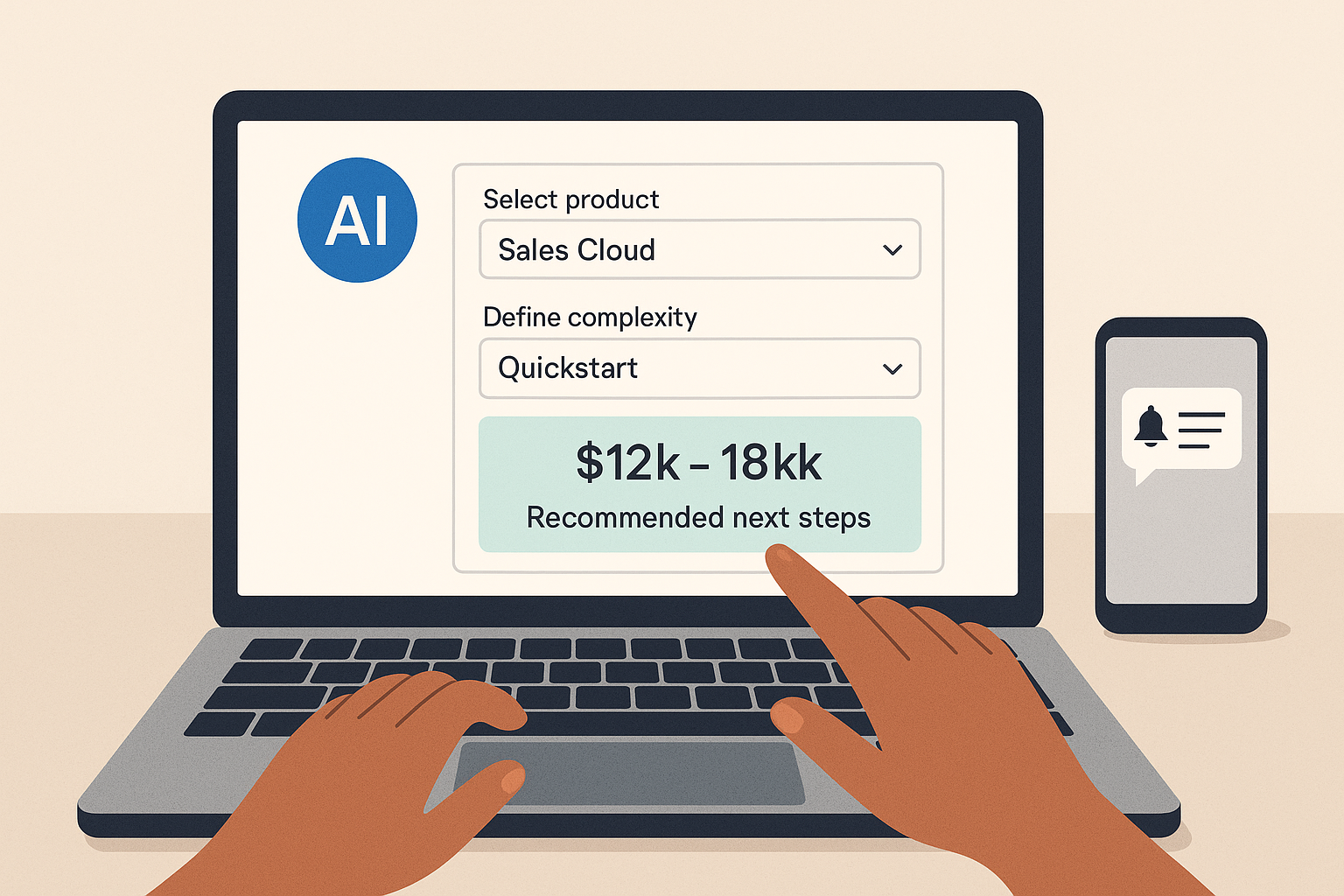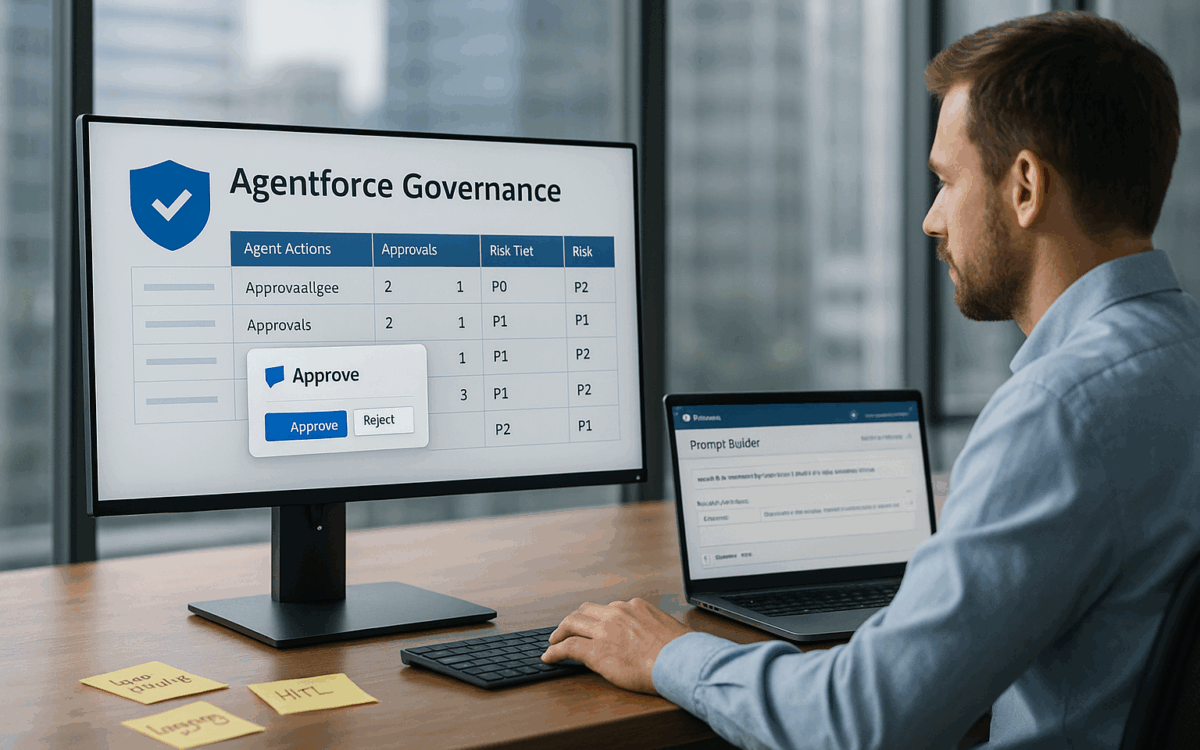
Ship AI Safely: The Agentforce Governance Playbook for RevOps
Everyone loves the Agentforce demos. Fewer teams have a plan for shipping AI safely once the novelty wears off. If you’re a RevOps leader, governance isn’t red tape—it’s how you make sure agents do the right work, the right way, and you can prove it. In Salesforce, that starts with the trust layer, clear approvals, tight permissions, and real observability.
Think of this as your field guide to agentforce governance: what to lock down on day one, when to keep a human in the loop, and how to grow from “suggest” to “auto-execute” without scaring security (or your CRO).
What governance actually means in Salesforce
Governance isn’t a committee—it’s a few practical guardrails:
- A platform foundation that protects data and keeps AI grounded in CRM context (Salesforce’s Einstein Trust Layer explains how grounding, safety filters, and privacy controls work, and why it’s built into the platform).
- Prompts that behave like configuration, not mysteries (Prompt Builder lets you create, test, and version templates that pull from record fields, flows, and related lists).
- Agents that act only with the permissions you grant (Salesforce’s Agentforce model covers agents, actions, and where they fit alongside Copilot).
Guardrail 1: Scope access like you mean it
Give your agent a least-privilege identity and only the data it truly needs. Combine permission sets with Restriction Rules to exclude sensitive records (think strategic accounts or VIP cases) from queries and actions—no exceptions. For data that must exist in CRM but shouldn’t be readable in plain text, use Shield Platform Encryption and document which fields are masked for the agent.
Pro move: create an “Agent – Read/Update Lite” permission set that explicitly omits fields your legal team flags as sensitive.
Guardrail 2: Keep a human in the loop (where it counts)
Not all actions are equal. Let agents suggest updates freely (next steps, summaries), but require a tap-to-approve flow for anything with financial, legal, or customer-promise impact (discounts, contract terms, mass changes). Put approvals where your managers already live with Approvals in Slack so the process adds seconds—not days.
Guardrail 3: Treat prompts like product
Prompts shouldn’t live in screenshots and DMs. Build them in Prompt Builder, name them clearly (agent_sales__update_next_step__v003), version them in Git alongside Flow/Apex, and test in a sandbox against real sample records. Shipping a prompt is a release, not a vibe.
Guardrail 4: Log what the agent did—and why
You’ll get asked two questions: What did the agent change? and Who approved it?
Turn on Real-Time Event Monitoring (or the Event Monitoring add-on) to capture activity and stream it to your analytics tool. Pair it with Field History Tracking on key objects so you can show before/after values in seconds. Build a simple “Agent Actions” dashboard: volume, approvals required, rejections, rollbacks, and time saved.
Guardrail 5: Classify risk so you can move fast and safely
Create a lightweight rubric:
- P0 (high): pricing, terms, PII → always “suggest + approval,” extra logging, encrypted data only
- P1 (medium): pipeline hygiene, task creation → start with approvals, graduate to auto-execute after a clean run
- P2 (low): drafts and summaries → auto-execute allowed
This lets you say “yes” quickly to low-risk wins while giving security a clear framework for higher-risk work. The Einstein Trust Layer docs are useful language to borrow for your policy.
Where Agentforce shines vs. Flow or Apex
Use Agentforce when the job needs reasoning over messy context (e.g., read notes, draft a next step, propose an update, request approval). Stick with Flow when the logic is deterministic and high-volume; reach for Apex when you need custom transactions or complex external choreography. (If you’re building your RevOps OS, this article pairs well with RevOps Is the Operating System for Growth.)
A rollout you can defend in a QBR
Start with one motion, like pipeline hygiene. Ship the agent in “suggest-only” mode, wire Slack approvals for edge cases (late-stage deals, high ACV), and review the “Agent Actions” dashboard weekly. When error rates are near zero and managers trust the behavior, graduate that topic to auto-execute—and repeat. If you want a primer on day-to-day sales cleanliness, our guide Clean Pipeline, Real Forecasts dovetails nicely.
Real examples (kept simple)
- Opportunity upkeep: agent drafts stage/close-date/next-step changes; approvals only for “Commit” or deals above a threshold.
- Call coaching: agent summarizes calls, flags missing discovery, proposes next steps—no approvals needed.
- Quote checks: agent flags discount or clause risks; manager approves fixes in Slack.
For a friendlier intro to the agent concept (and seller-value), point readers to Agentforce: The RevOps Assistant Your Sales Team Actually Wants.
The punchline
Agentforce can save hours and quietly improve data quality—but only if you give it guardrails. Limit its eyesight, keep people in the loop where stakes are high, manage prompts like product, and log everything. That’s not bureaucracy; that’s how you turn great demos into trusted, week-over-week ROI.
